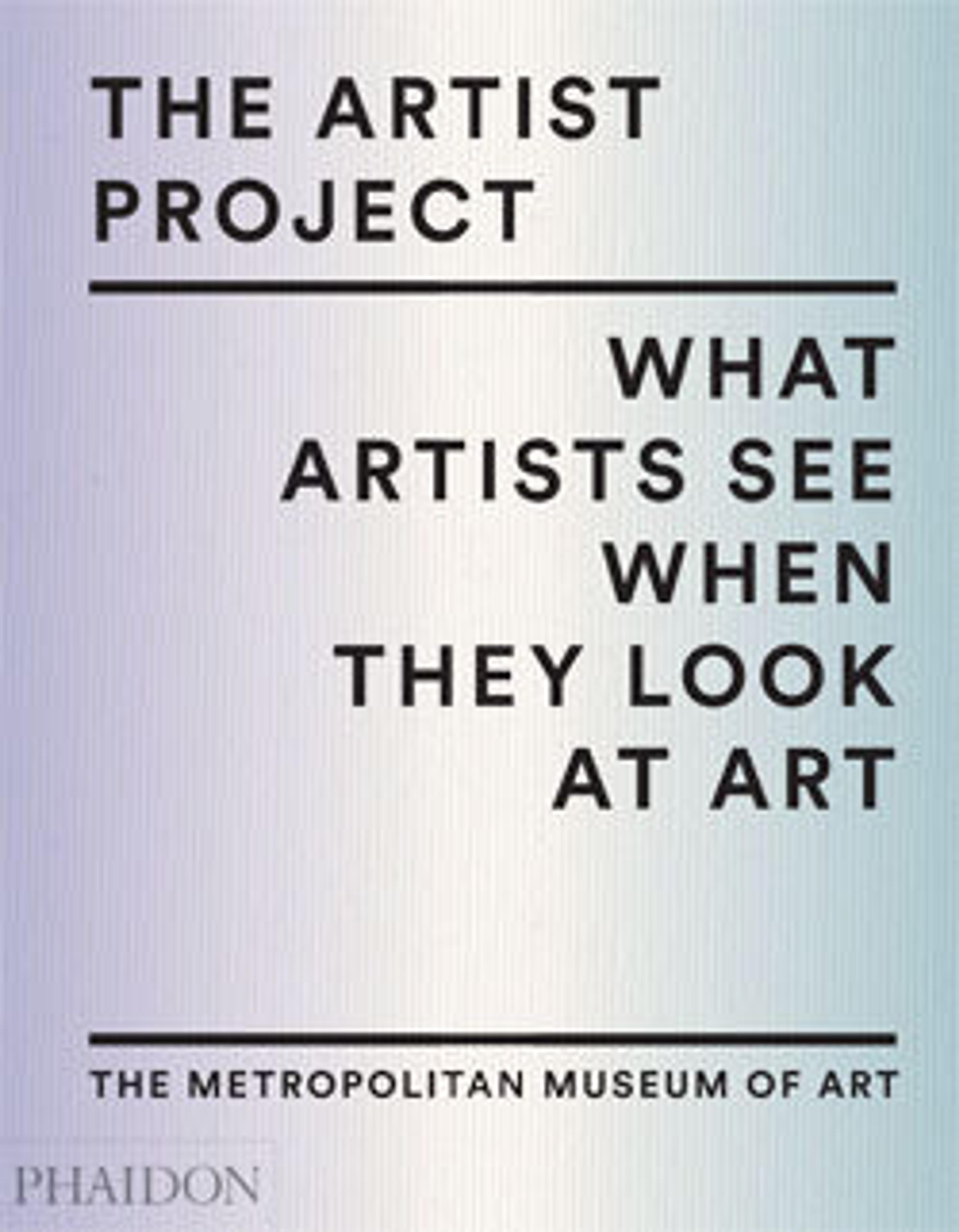Maani (marionette) of a male figure
Along the Niger and Bani rivers in the region of Segou, the former capital of the Bamana kingdom, performances with brightly painted and costumed puppets are staged by the village youth association. Although today Bamana farmers and Bozo fishermen participate together in these performances, oral tradition holds that the puppet theater originated among the Bozo, descendants of the Soninke rulers of the medieval Ghana Empire and perhaps the original inhabitants of the area.
For the puppet performances a small mobile stage is covered with cloths or grasses concealing the men inside, who move the stage across the dance area. Fitted in front with a wooden animal head with articulated jaws, the stage is itself a large puppet. In addition small carved heads or figures with movable limbs poke out from the top and are made to twirl and dance. Sometimes men wearing face or helmet masks perform alongside the puppets. The puppets and masks depict animals, fantastic creatures, and characters from village life-the farmer, the soldier, the mother, and so forth. Through the movements of the puppets and the songs that accompany them, the youth association is able to comment on the social and political life of the community.
For the puppet performances a small mobile stage is covered with cloths or grasses concealing the men inside, who move the stage across the dance area. Fitted in front with a wooden animal head with articulated jaws, the stage is itself a large puppet. In addition small carved heads or figures with movable limbs poke out from the top and are made to twirl and dance. Sometimes men wearing face or helmet masks perform alongside the puppets. The puppets and masks depict animals, fantastic creatures, and characters from village life-the farmer, the soldier, the mother, and so forth. Through the movements of the puppets and the songs that accompany them, the youth association is able to comment on the social and political life of the community.
Artwork Details
- Title:Maani (marionette) of a male figure
- Artist:Bamana numu (blacksmith)
- Date:Mid-20th century
- Geography:Mali, Segu region
- Culture:Bamana or Bozo peoples
- Medium:Wood, cloth, copper alloy, iron, pigment
- Dimensions:H. 34 in. × W. 13 1/4 in. × D. 9 in. (86.4 × 33.7 × 22.9 cm)
- Classification:Wood-Sculpture
- Credit Line:The Michael C. Rockefeller Memorial Collection, Bequest of Nelson A. Rockefeller, 1979
- Object Number:1979.206.52
- Curatorial Department: The Michael C. Rockefeller Wing
Audio
1112. Kids: Marionette: Male Figure (Merekun), Part
0:00
0:00
We're sorry, the transcript for this audio track is not available at this time. Please email info@metmuseum.org to request a transcript for this track.
Listen to more about this artwork
More Artwork
Research Resources
The Met provides unparalleled resources for research and welcomes an international community of students and scholars. The Met's Open Access API is where creators and researchers can connect to the The Met collection. Open Access data and public domain images are available for unrestricted commercial and noncommercial use without permission or fee.
To request images under copyright and other restrictions, please use this Image Request form.
Feedback
We continue to research and examine historical and cultural context for objects in The Met collection. If you have comments or questions about this object record, please contact us using the form below. The Museum looks forward to receiving your comments.
